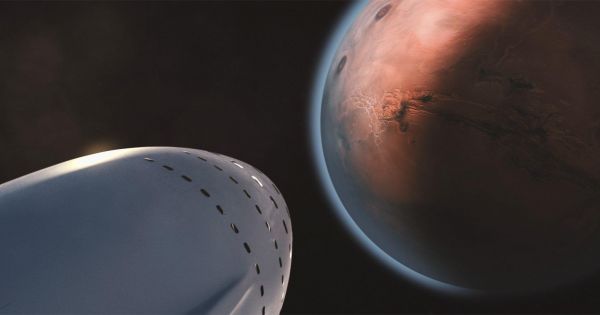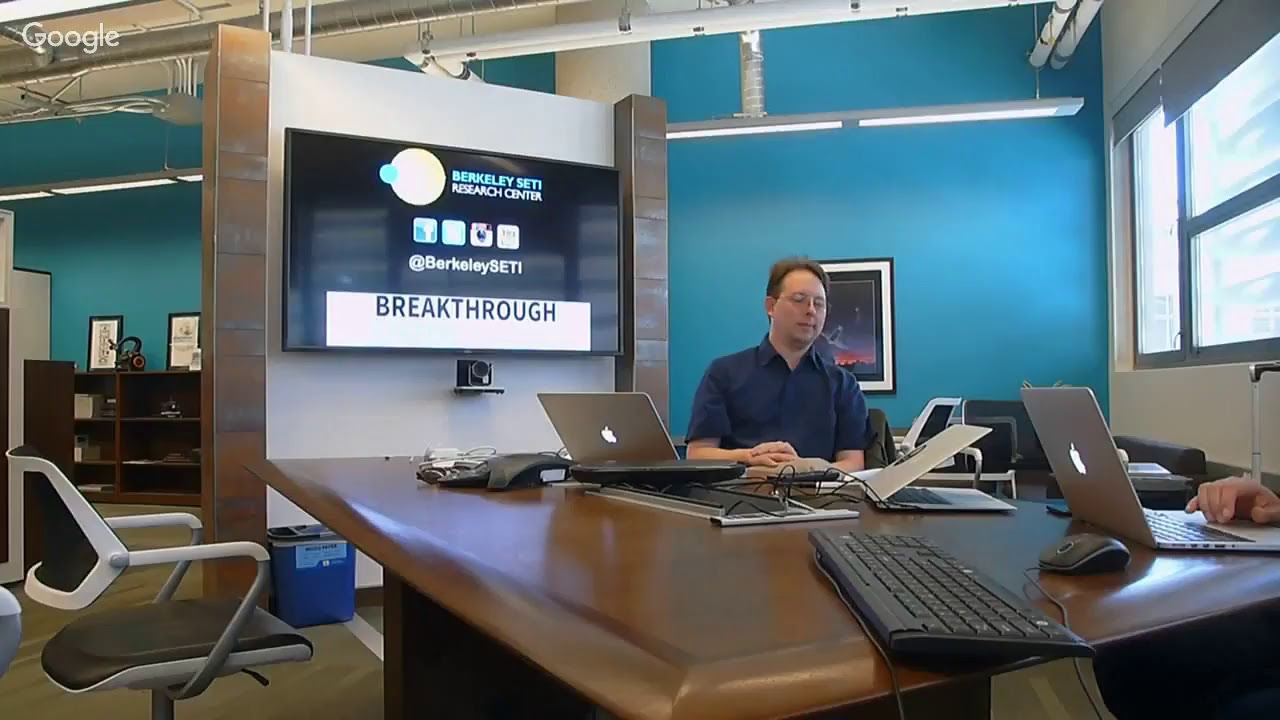Jun 16, 2017
Elon Musk Just Published His Plan to Colonize Mars
Posted by Brett Gallie II in categories: alien life, Elon Musk, habitats
They say everything’s sweeter the second time around, and that seems to be the case for SpaceX’s plans to colonize Mars. Last year, Musk unveiled his plans to colonize the Red Planet and make it fit for human habitation. Now, that version of the plan has been published and made available for free— with a few notable updates.
In the paper, the focus is on affordability, as that is the primary factor in making life on Mars a reality. As Musk notes, “You cannot create a self-sustaining civilization if the ticket price is $10 billion per person.” In order for it to be viable, Musk asserts that the cost should be about $200,000—equivalent to the median price of a house in the United States. In the paper, Musk outlines the steps he considers essential to ensuring this relative affordability.
But this is just the beginning. Musk posted a tweet today hinting that this version one is already being reviewed…and version 2 is on its way.
Continue reading “Elon Musk Just Published His Plan to Colonize Mars” »


















